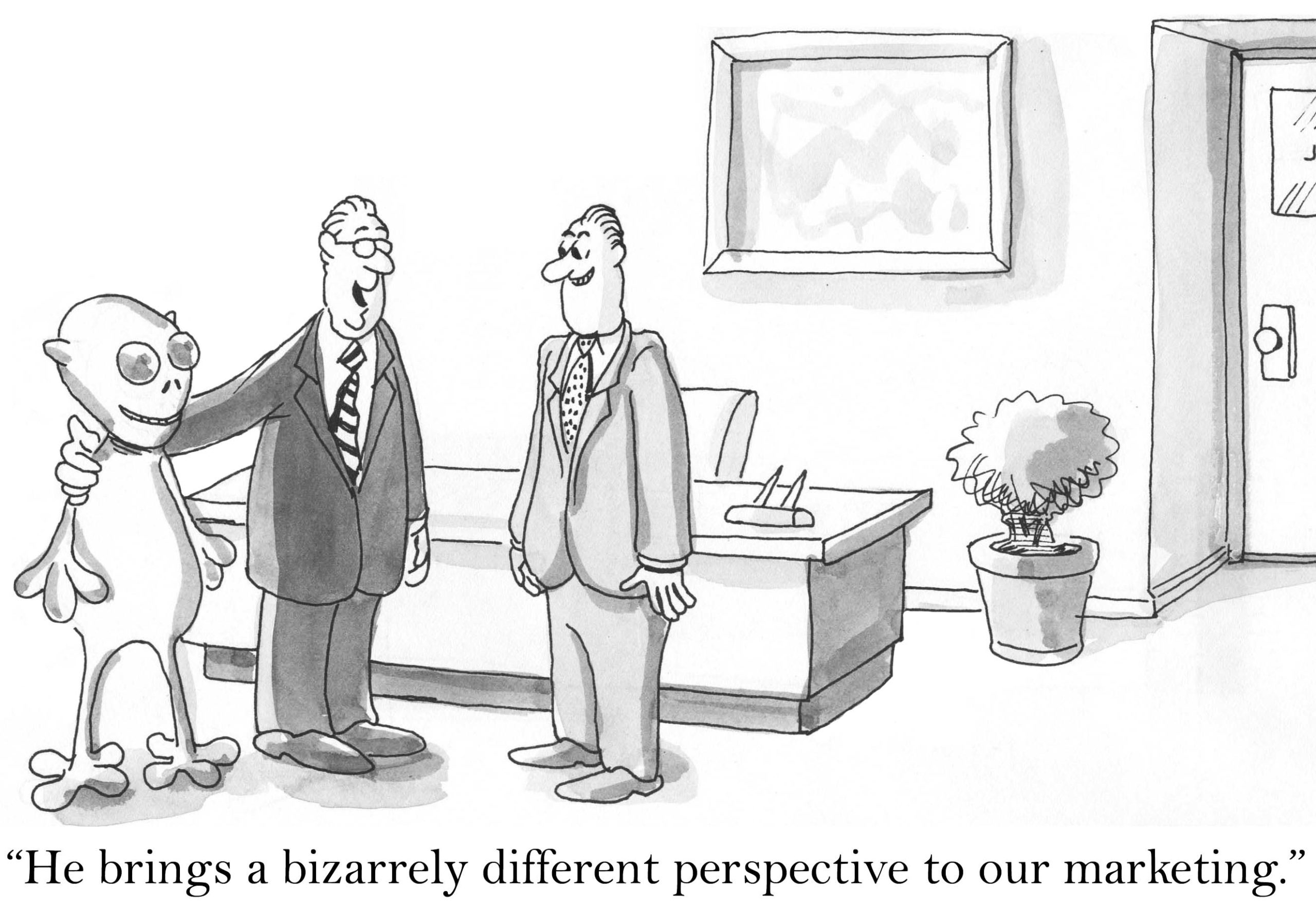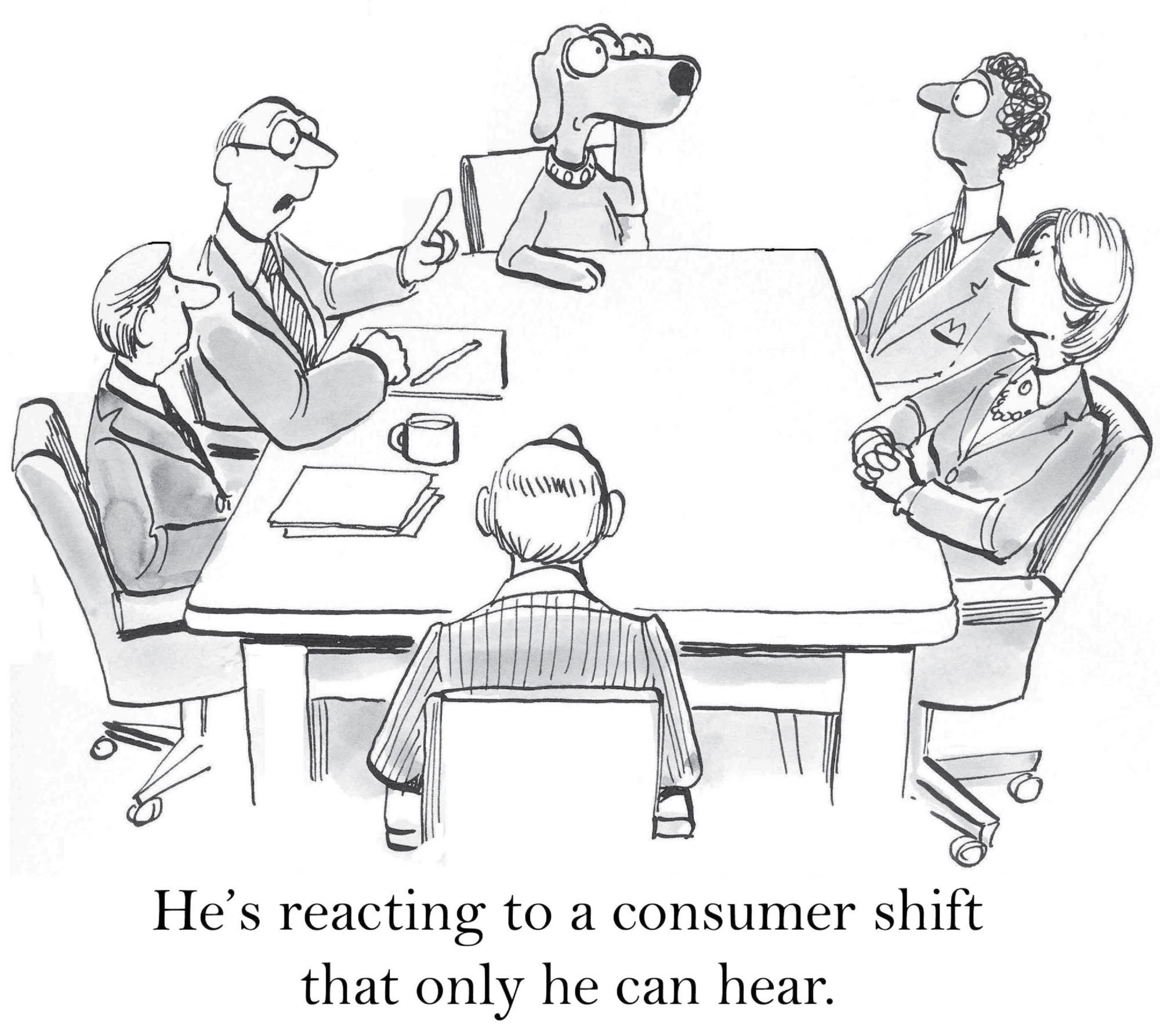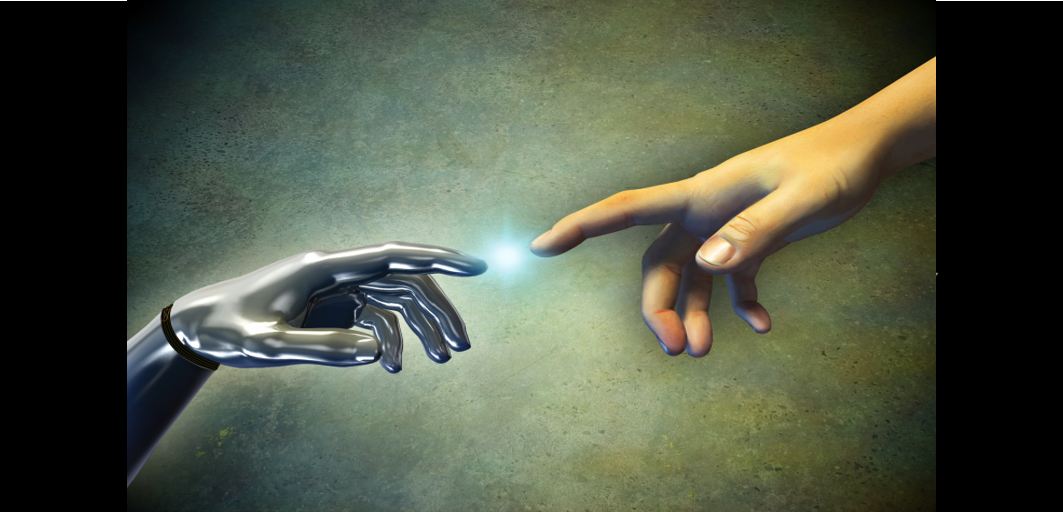As the year draws to a close, there are plenty of speculations about how marketing automation in 2017 will evolve. AI, predictive analytics, prescriptive analytics, adaptive tech – the works; Companies invest in sophisticated technology in a desperate battle to understand what the prospect would want and then cater to him seamlessly.

I can’t help feel that we are missing a crucial point here. You see, we as marketers, are programmed to listen to our customers (or should be doing it). Technology was introduced to help us with that. Do you think at some point that we will come to depend on them more than what the consumer is telling us directly?
Stay with me for a minute and I will explain. The latest cartoon from the marketoonist is what got me thinking. It shows Santa giving a boy ‘Barney’ toy as Christmas gift. The boy has come to tell Santa what he wants, but is instead surprised with a smiling Barney toy. How? Why, clever Santa used ‘data-driven insights’ of course!
The boy however did not look too excited. I like to think he was taken aback yes, but not in a good way. In fact, I would go as far as saying he looked positively disgruntled.
I like to think that he had requested something else – something that struck his fancy at the very last minute and he wrote to Santa about it before coming to meet him.

The elves at Santa’s were totally confused by it. You see, Iam Goodboy could not have actually wanted a Barbie – data reveals that boys his age play with other things. Also, a closer look at his own play- history reveals that he has never ever shown an inclination towards toys like that ever! In short, their Elfalytics predicted that Iam should get a Barney – a toy that is more in sync with his ‘habits’ and still sounds a bit like Barbie.
And so they went ahead with it and thought they would surprise Iam when he comes to describe what he wants to Santa.
Well, you know what happens next.
The analogy is simple to follow – Iam is the customer, you are the elf. Santa – the company you work for is expected to deliver what the customer wants. And hey, you just committed a big boo-boo. You were too blind to the consumer’s very vocal requirement and entirely depended on the data that was provided to you and got it wrong!
This is a very real trap that we can fall into in this rapidly evolving era of technology-centric marketing.
Consumers change their minds. They modify their requirements. They change their likes and dislikes and happen to be very impulsive creatures (sometimes). Technology for the most part will make it a lot simpler to understand what they want. But in the end, it will not do our job! It falls to us, as marketers, to keep our eyes and ears open and understand what the customer is telling us.
Please note that I am not discrediting technology in anyway. I am just saying that even with such amazing technology, the soul of who we are and what we do as marketers will not change. We still listen, watch, cater to their demand and encourage them to buy from us. The technology is here to just make it easier – not to lull us into a false sense of security.
In the coming years, it is only going to get more sophisticated. Technology will modify how we function and connect to customers. It will give us new and exciting ways to market to them. (Oh, what an exciting time to be a marketer!). It will make our jobs a lot simpler in plenty of ways. But we still need to tune up our ‘marketing ears’ and listen even closer to our customers.

Ultimately, the consumers interact with us directly and we are in a great position to identify their requirement. The heart of the heart, the bud of the bud and the truth behind all of marketing is never going to be technology. It is marketers like us! It is our skill in listening to customers and then delivering what they want. No amount of cool technology is going to change that and if we want to succeed, that is what we have to hold on to!
Don’t you think so?
P.S. I would like to acknowledge that the marketoon mentioned in this post belongs to @tomfishburne and we in no way claim it to be ours.









